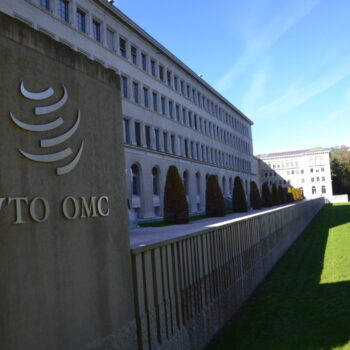Building an Energy Union with “consumers at its core” is the European Commission’s guiding principle throughout its most recent process to redesign of the European electricity market – kicked off this summer with a stakeholder consultation, and expected to deliver legislative proposals in Autumn 2016. E3G argues that new reforms will create opportunities for Member States grappling with the challenge of securely decarbonising energy systems at least cost, but that major changes, not minor tweaks, will be necessary to deliver such a far-sighted vision:
- A series of major changes have, and are continuing to, transform the energy landscape since the EU embarked on the process of energy market liberalisation. Governments and regulators play a significant role in determining certain market outcomes and ensuring a more integrated approach – along the value chain between generation, networks and demand, across borders between Member States and between power, heat and transport sectors.
- The effective functioning of markets depends on a coherent and stable policy environment and an institutional structure that effectively delivers the required outcomes. No amount of changes to market rules will matter unless the underlying political conditions deliver policy coherence.
- The key institutional issue for the internal energy market (IEM) is to establish a structure that makes it easy for Member States to share resources should they wish to do so, and that fundamentally rethinks consumer-facing markets to make it easier for them to reduce costs and improve lifestyles.
- Placing consumers at the heart of the market demands a policy response that goes way beyond the current agenda which essentially focuses on large or very well-informed consumers. Truly engaging all consumers will maximise system benefits from demand side engagement and deliver wider economic and social benefits associated with a smart, IT-enabled society.


